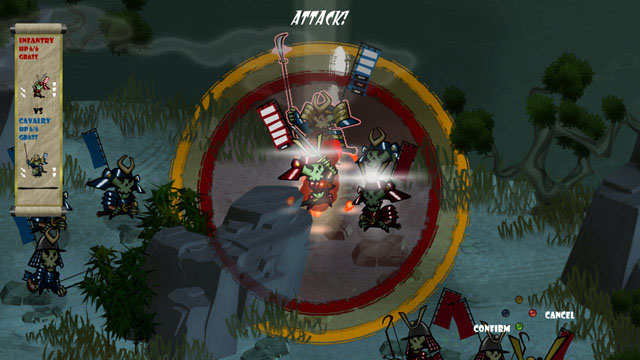
This year, there definitely seems to be a 16-bit retro revival, especially with what we saw at PAX East. Skulls of the Shogun takes a little strategy know-how from Tactics Ogre and Fire Emblem, and distills it to a pure, more accessible experience. That’s not to say that it makes it any less challenging, only that it captures the feeling of those SNES strategy days, chaos included.
The first thing that’ll strike you about Skulls is its choice of art. It’s very appealing, with fluid animations, character designs, and environments that look like wall paintings. It’s almost too cute, as it’s cel-shaded style is fairly uncommon for modern strategy games.
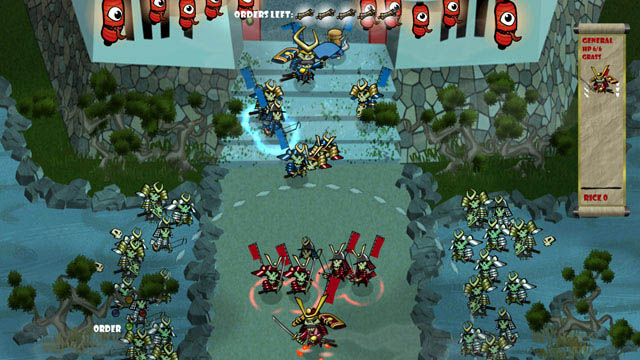
The style lends itself to the strategy aspect: larger characters means less on a screen (when the game begins). Each player can call 5 orders per turn, which can be attacks, “hauntings” — essentially, activating any number of special structures on the land — or general movement. The hauntings allow players to capture rice fields, which produce funds, and weapon shops, which produce upgrades and more attackers. And, with a variety of attackers from short-each warriors to archers, there could be some great advantages to capturing rice fields early and often.
The goal of the game is simple: defeat your opponent’s powerful Shogun general. The Shogun attacks like any other unit, but has double the attack turns and more power & health. If units are attacked and killed, they leave behind their skulls. Acquiring three of these skulls allows units to become Demons that are twice as powerful and have back-to-back turns.
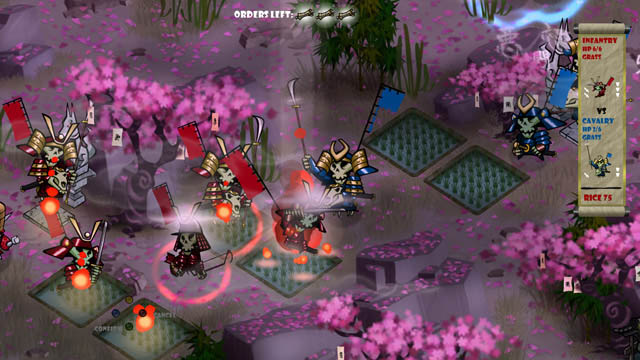
When our demo started, it took a few turns and explanations to get our bearings straight as to how to control our units and proceed. We haunted a few rice fields to build up cash reserves, but it wasn’t until our units began to attack each other that we really got into the action. It’s turn-based attacking, so strategy does play a huge part. Either we align our units to protect weaker ones, or become aggressive and attack the enemy.
In my first attempts, I went straight for the Shogun general and had several units obliterated, but it was enough to draw him out. The chaos was epic: characters were moving all around the screen, I was left wondering if the rice field I had was haunted, and attacks raged almost non-stop. As the Shogun made his way towards my general, I slowly began building up more units and eventually launched a counterattack that took him down.
It was chaotic, sure, but it was planned chaos. And that’s something that makes this game that much more interesting: the satisfaction that whatever I’m doing on the screen is probably right.
Skulls of the Shogun is currently looking for a publisher.

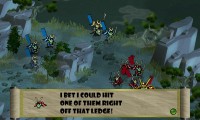
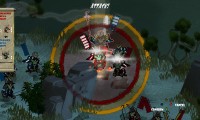
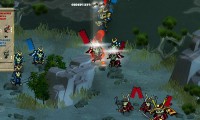
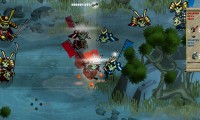
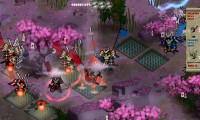
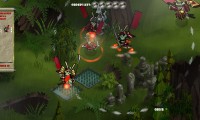
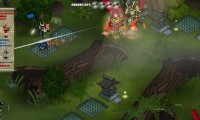

1 Comment